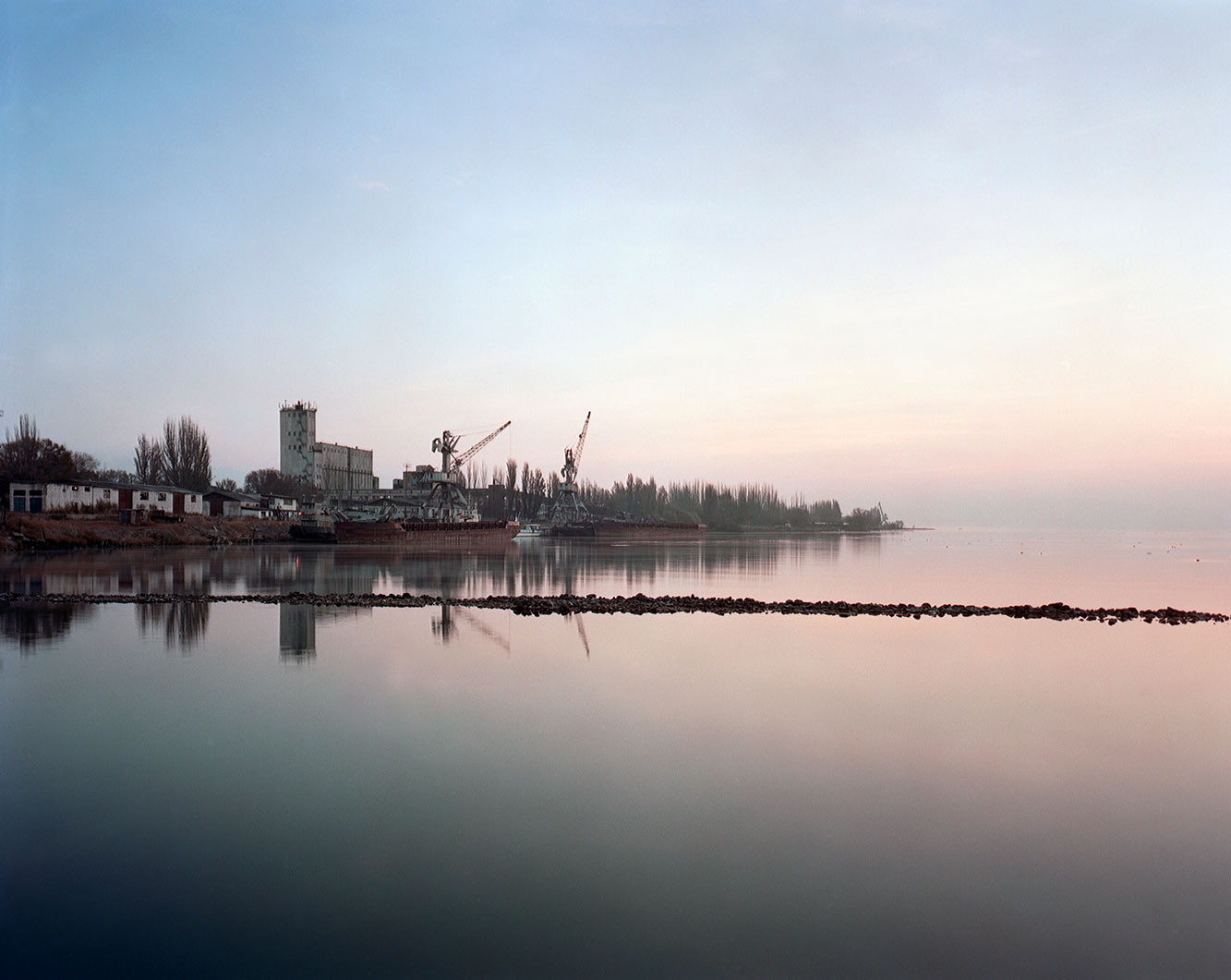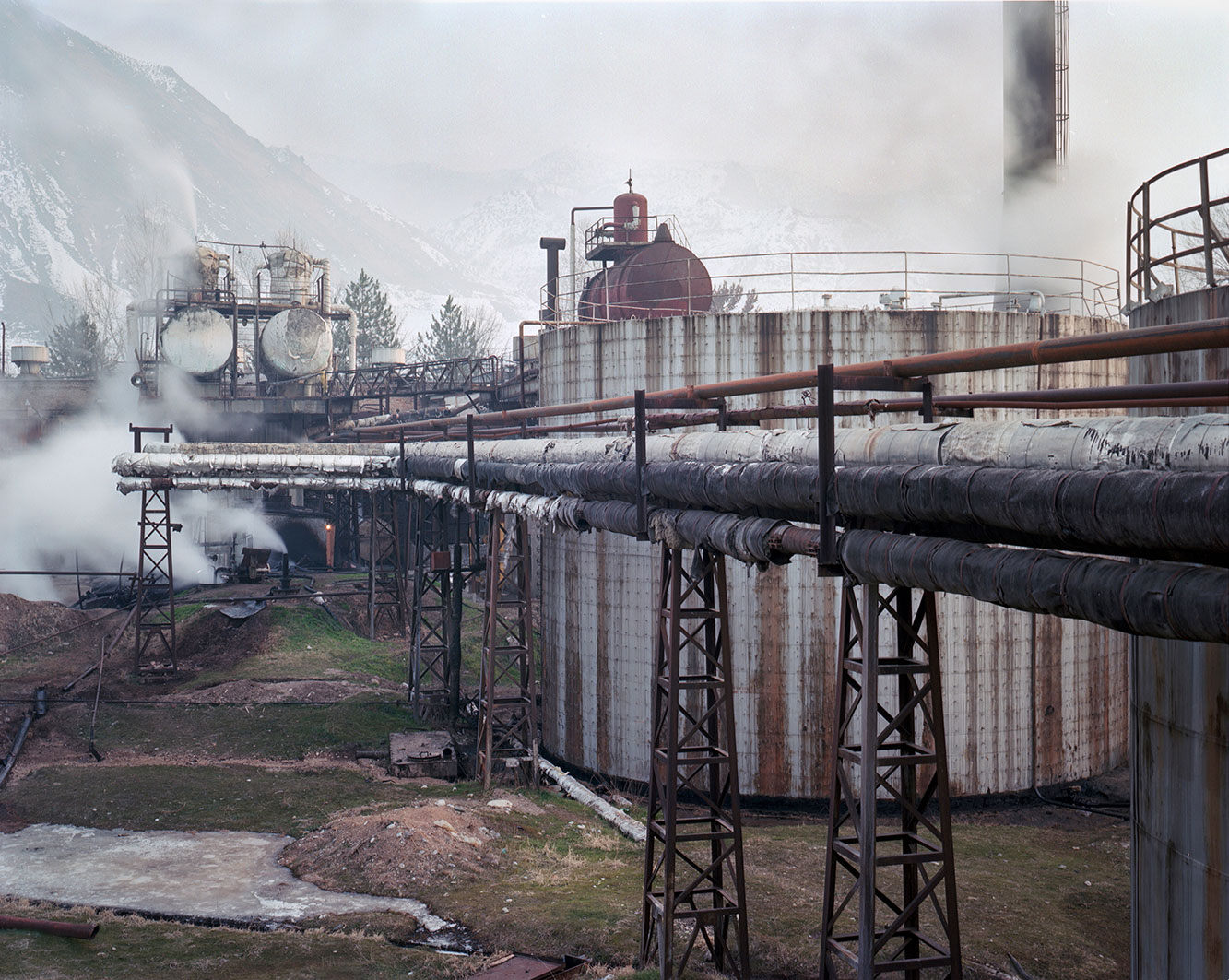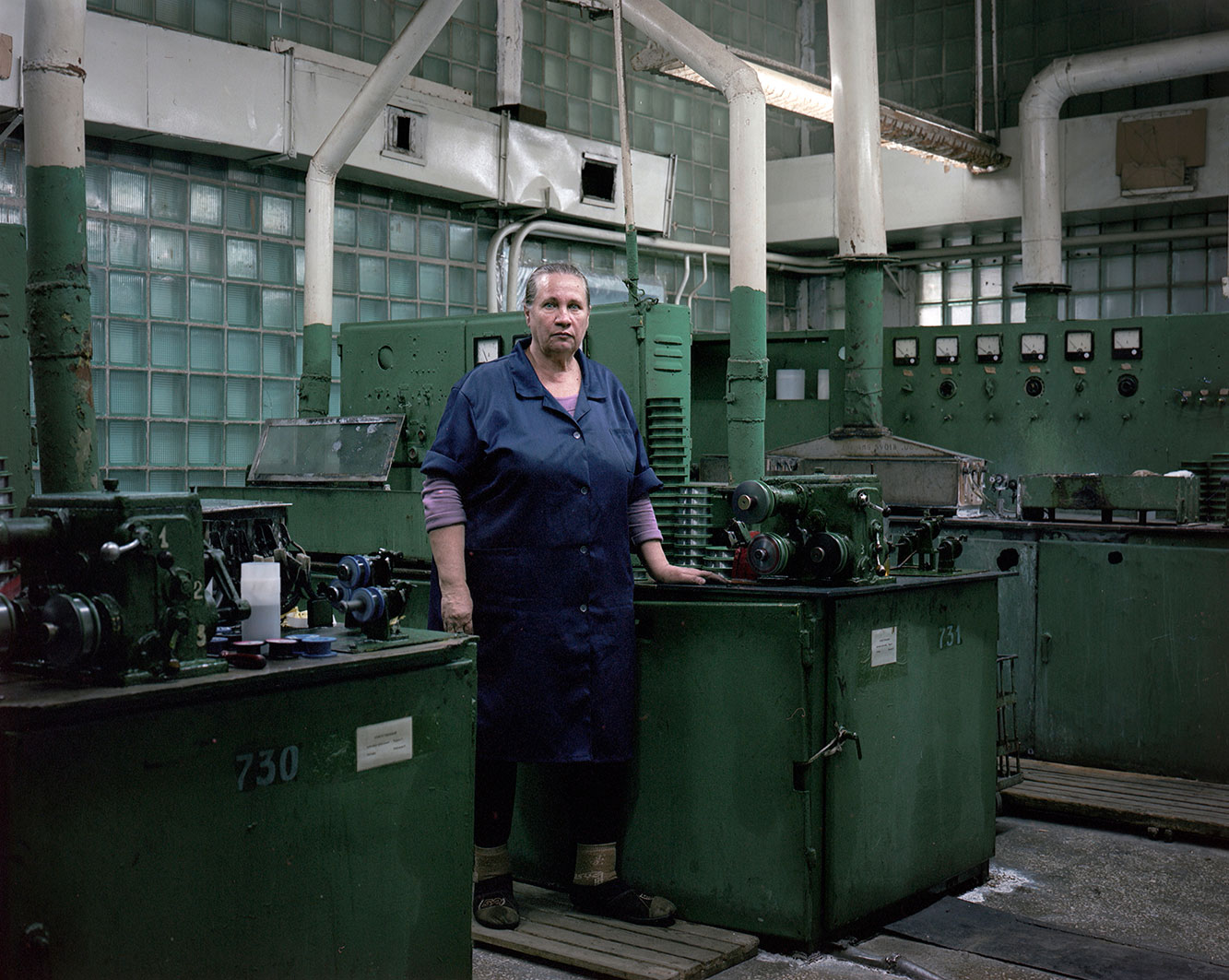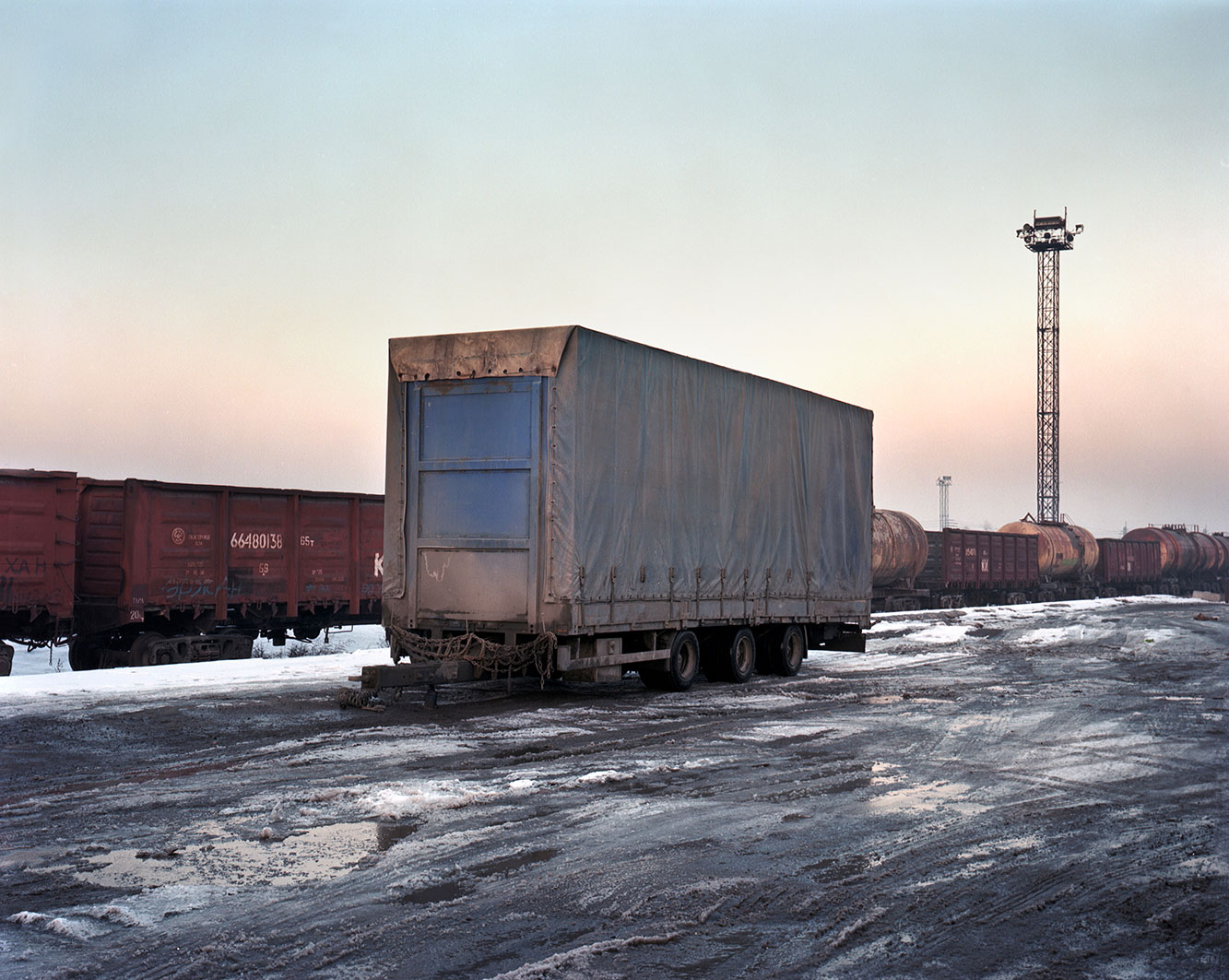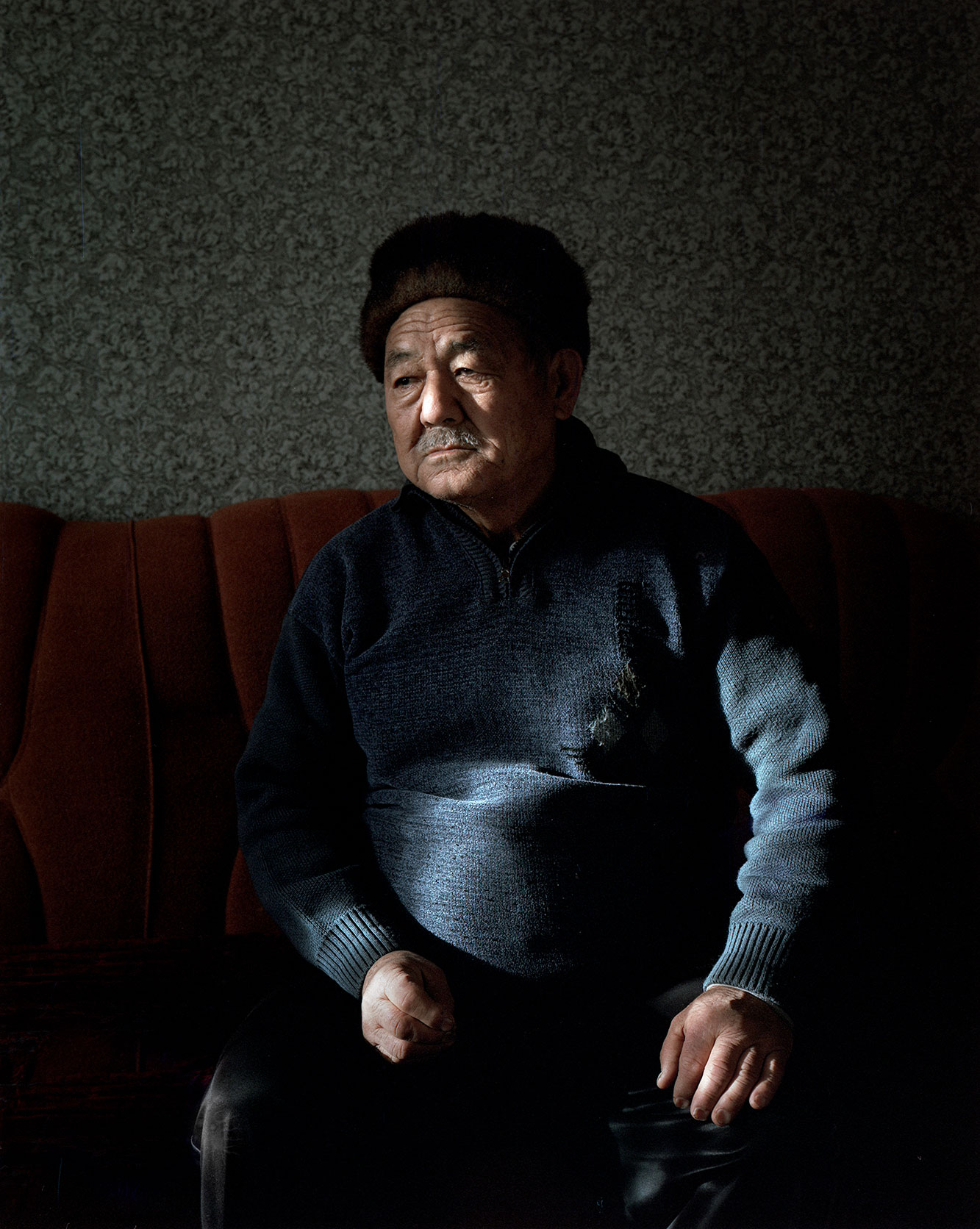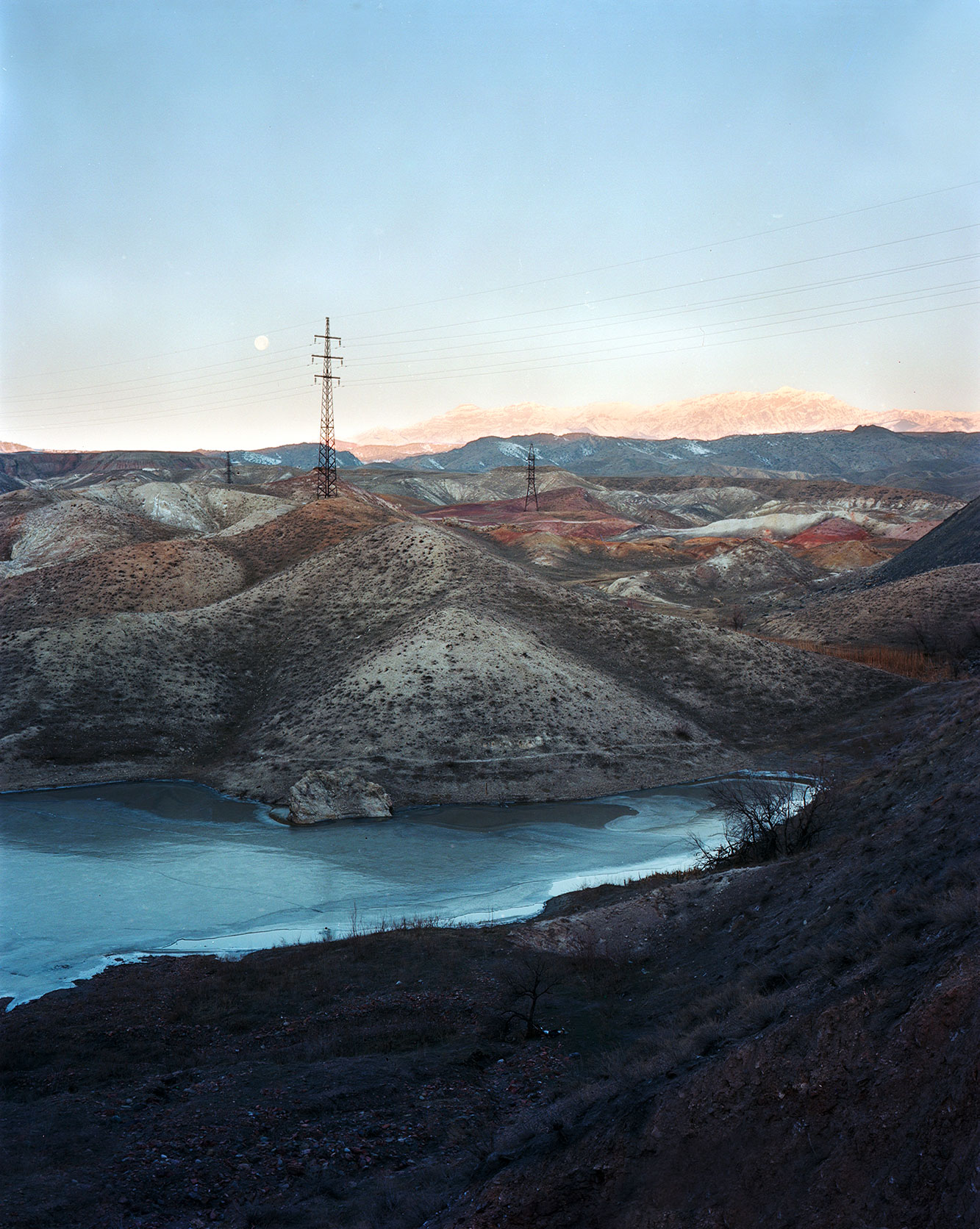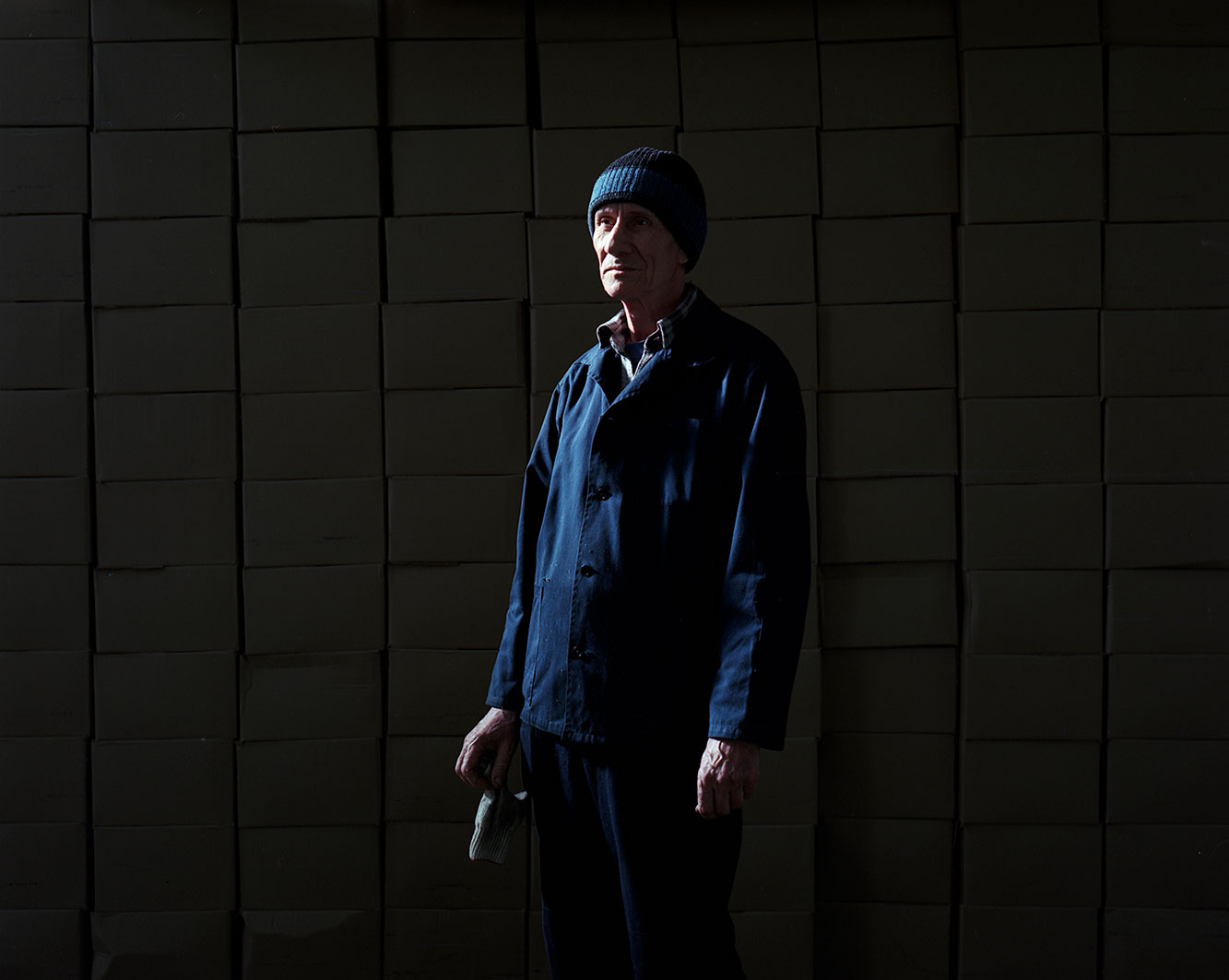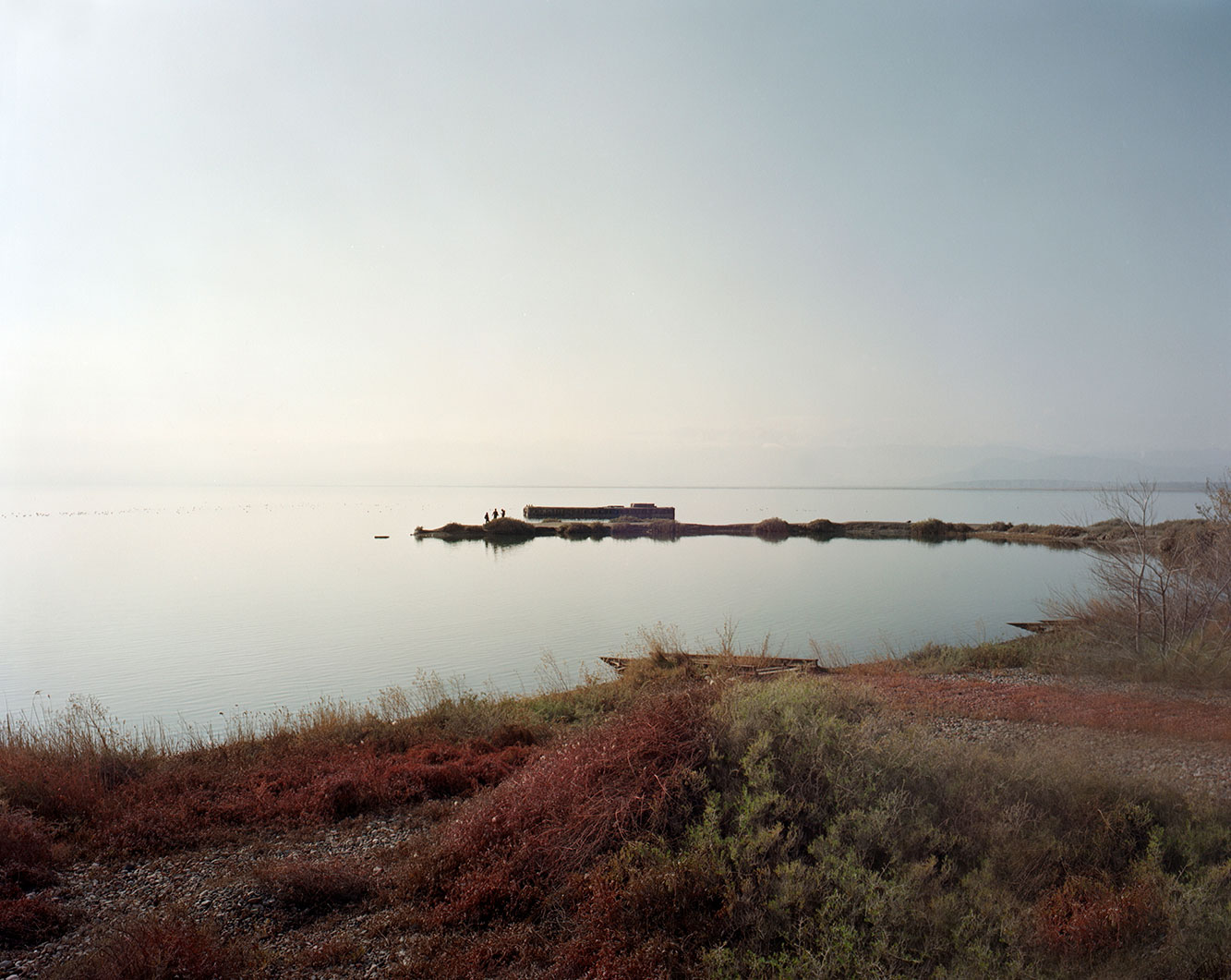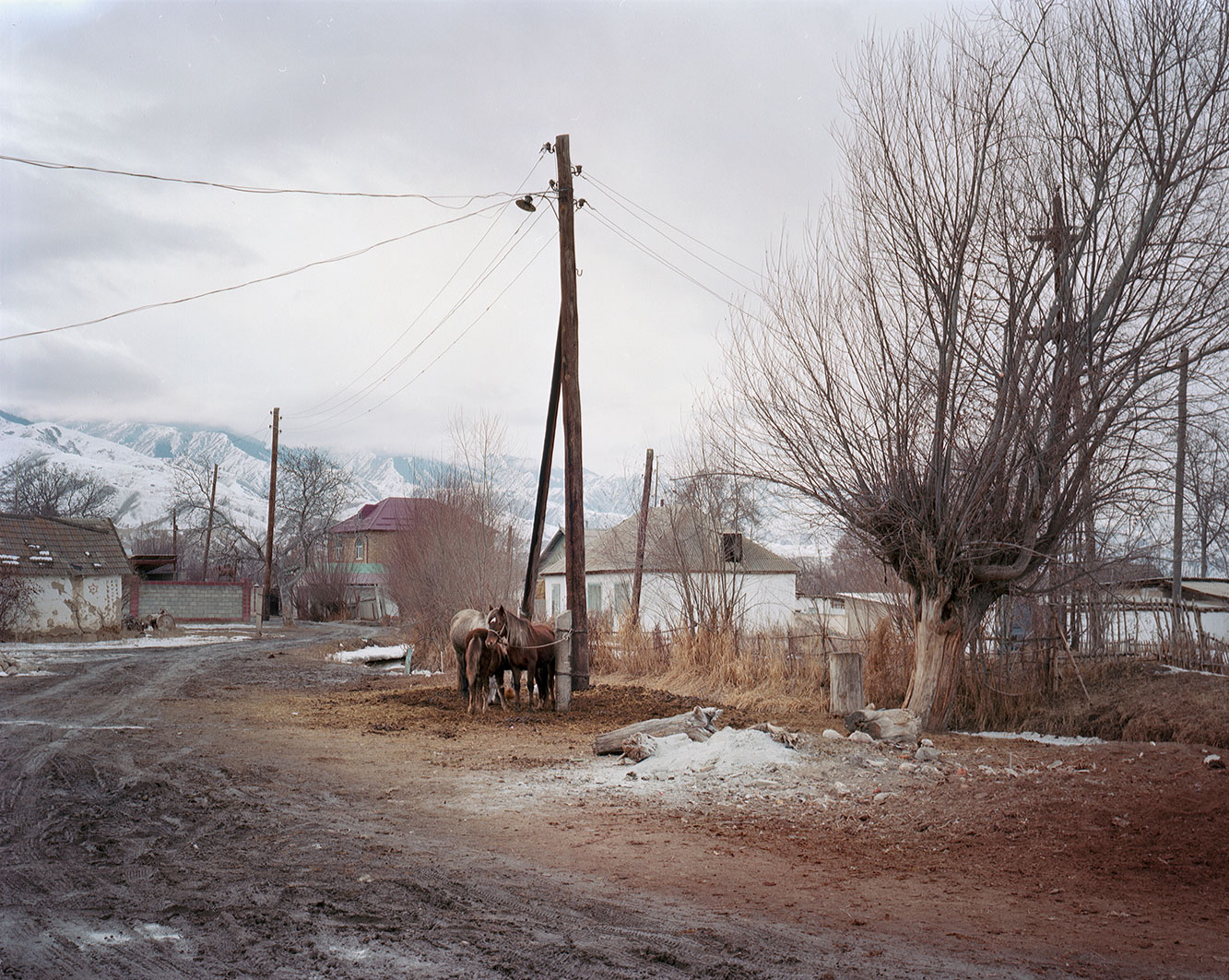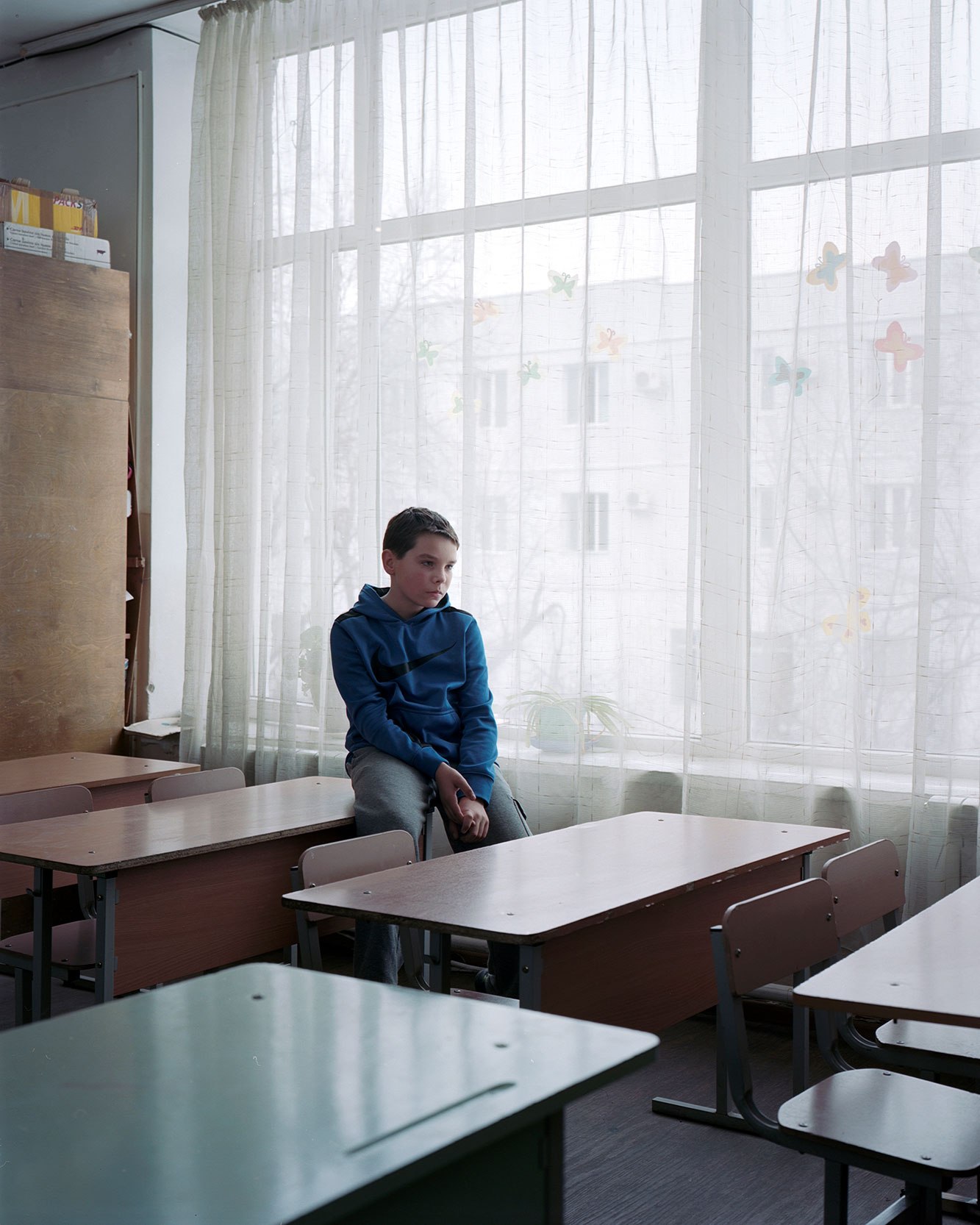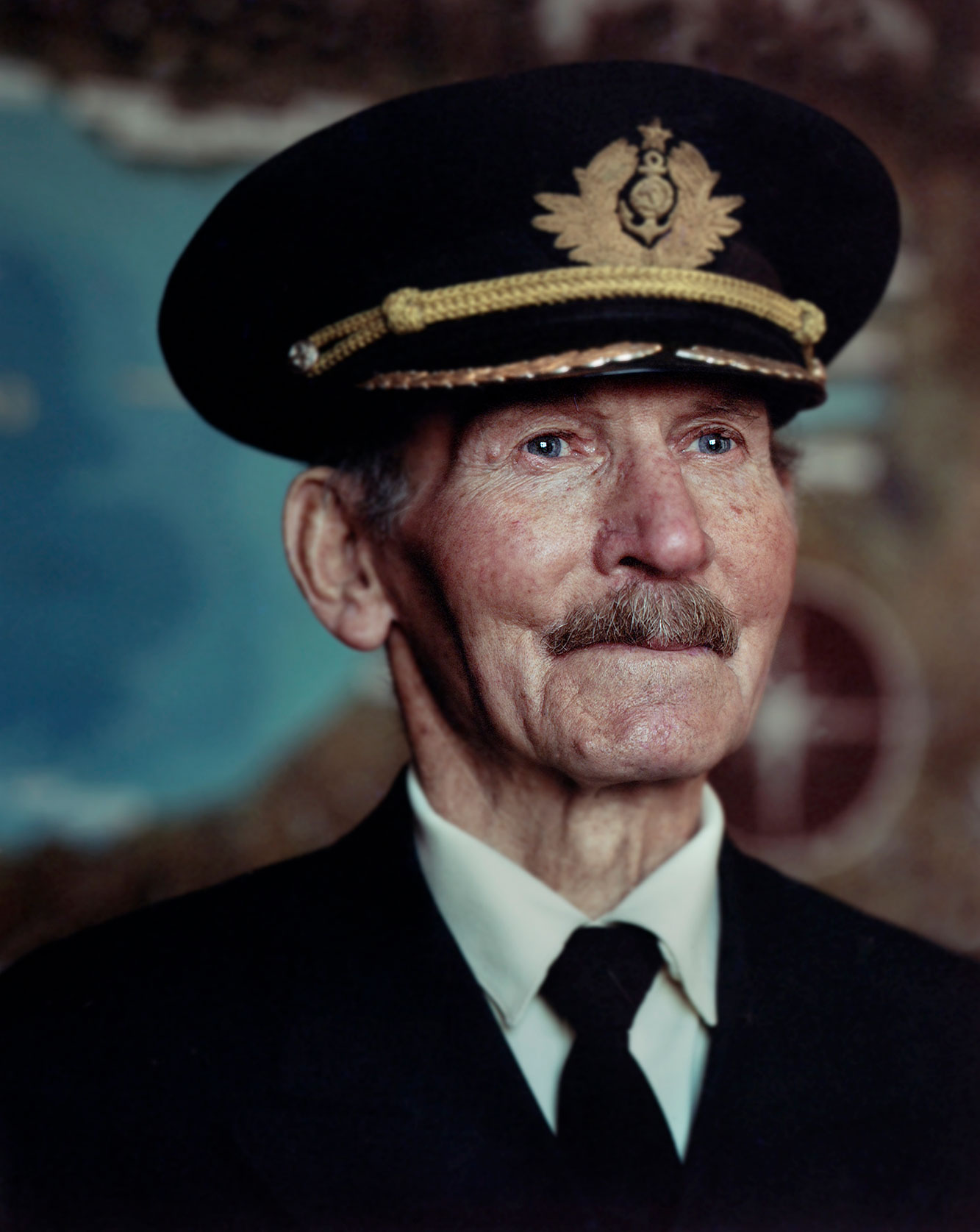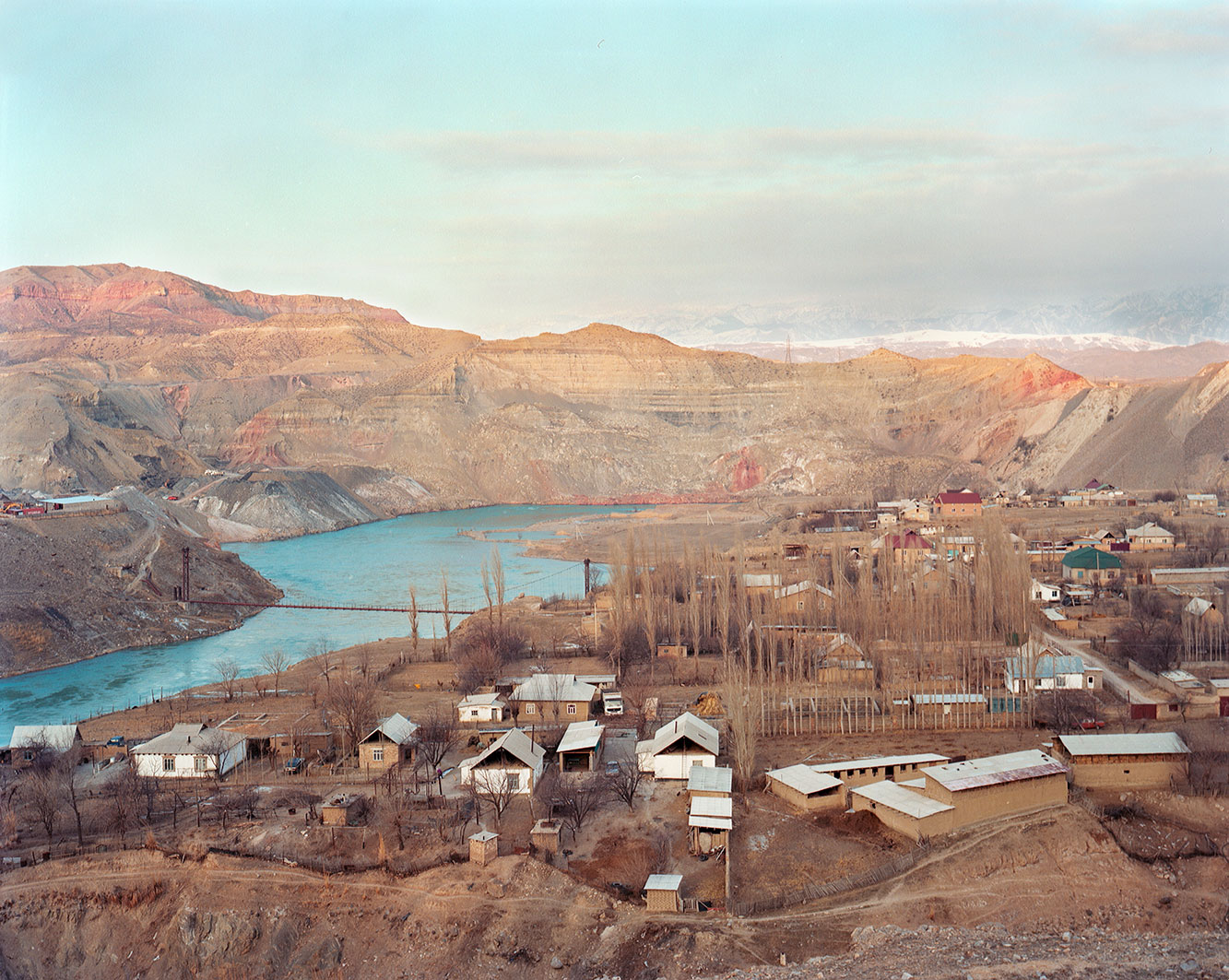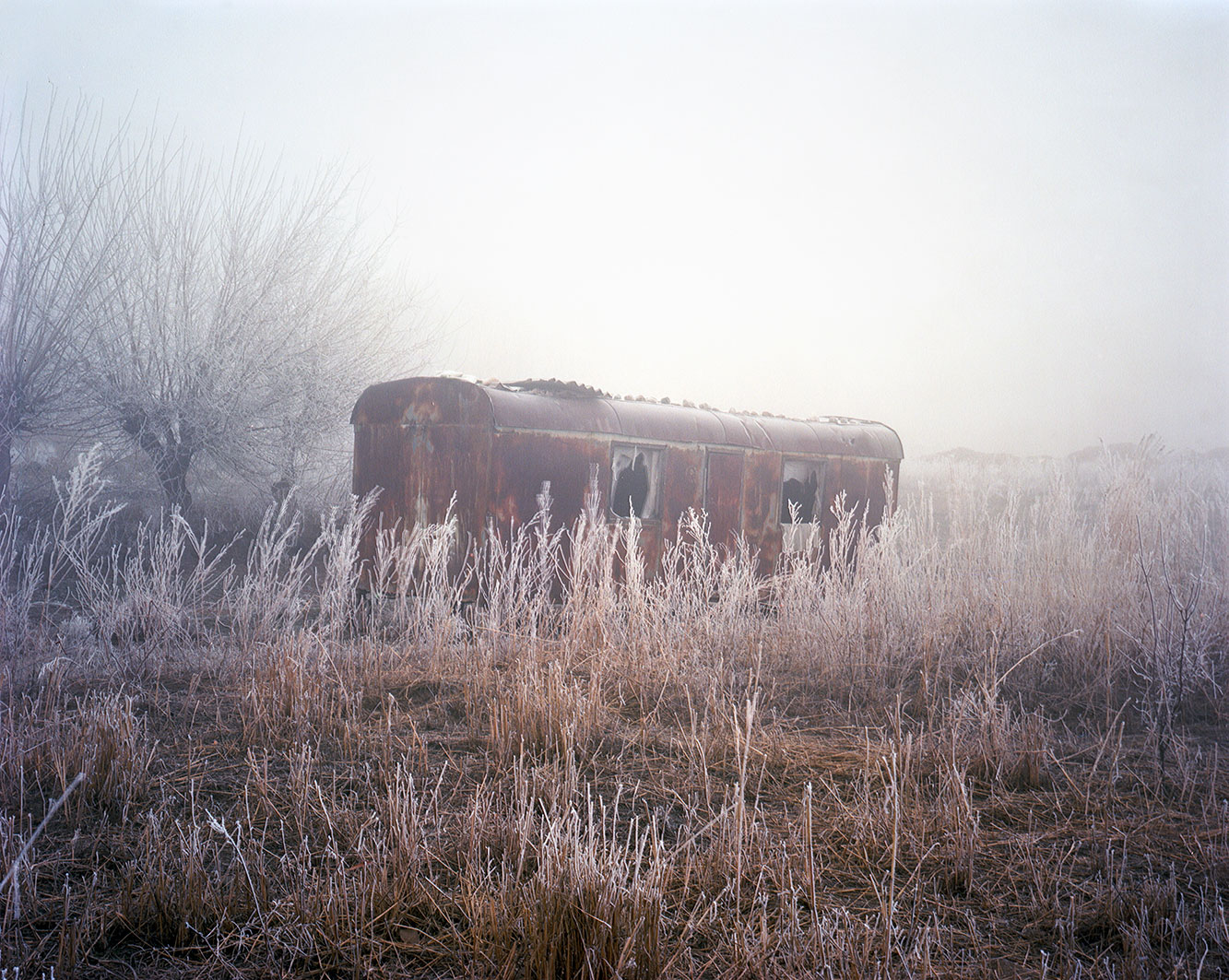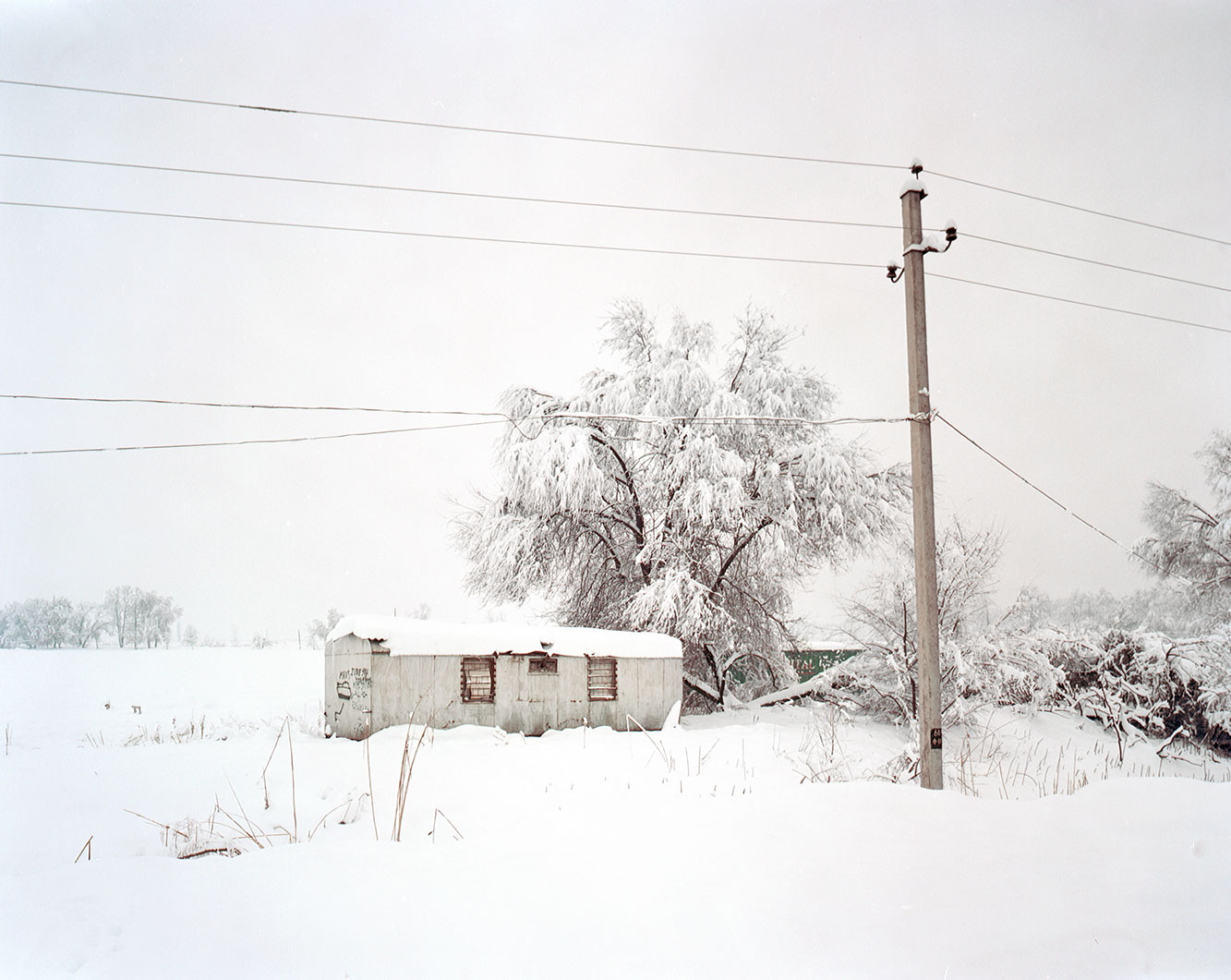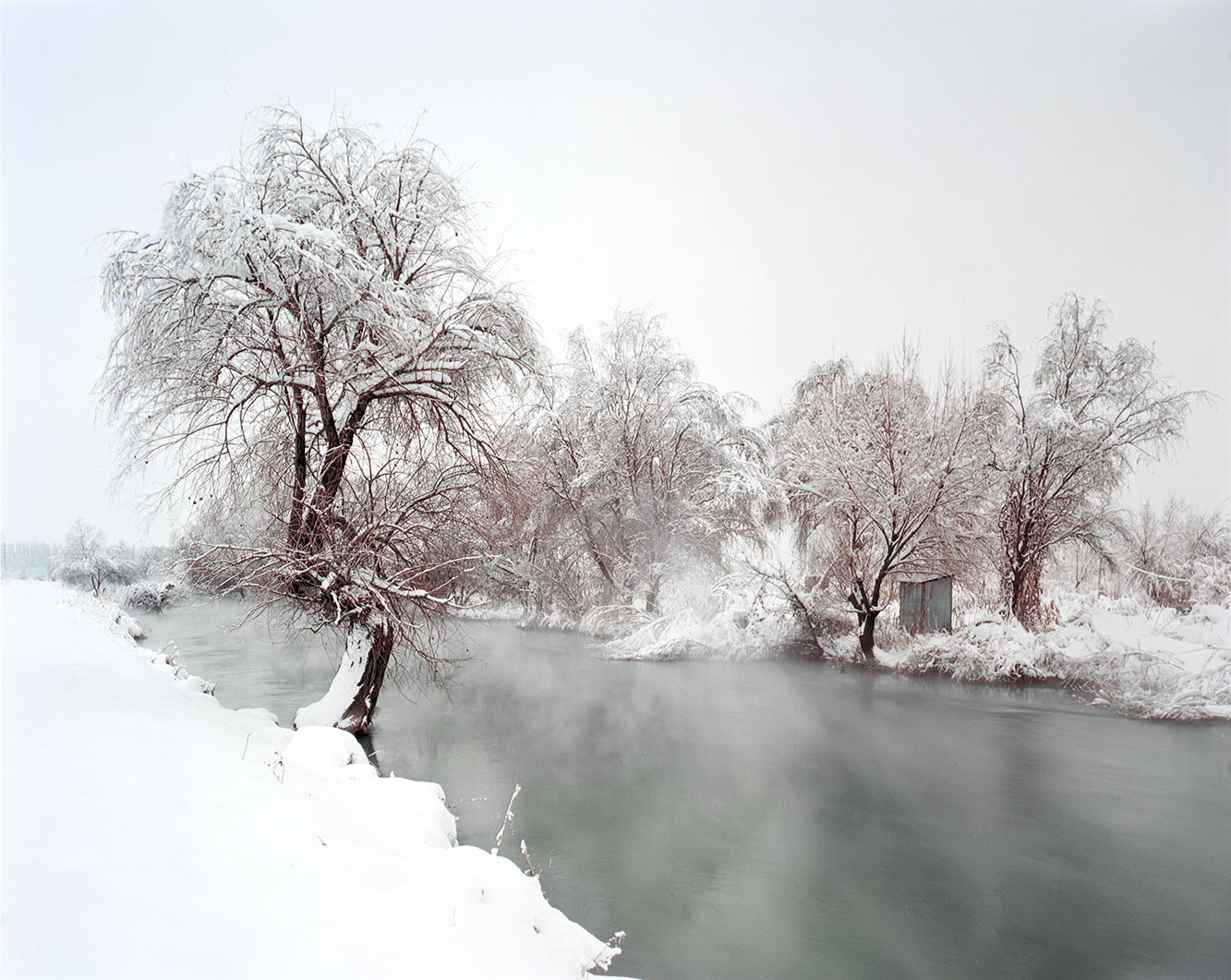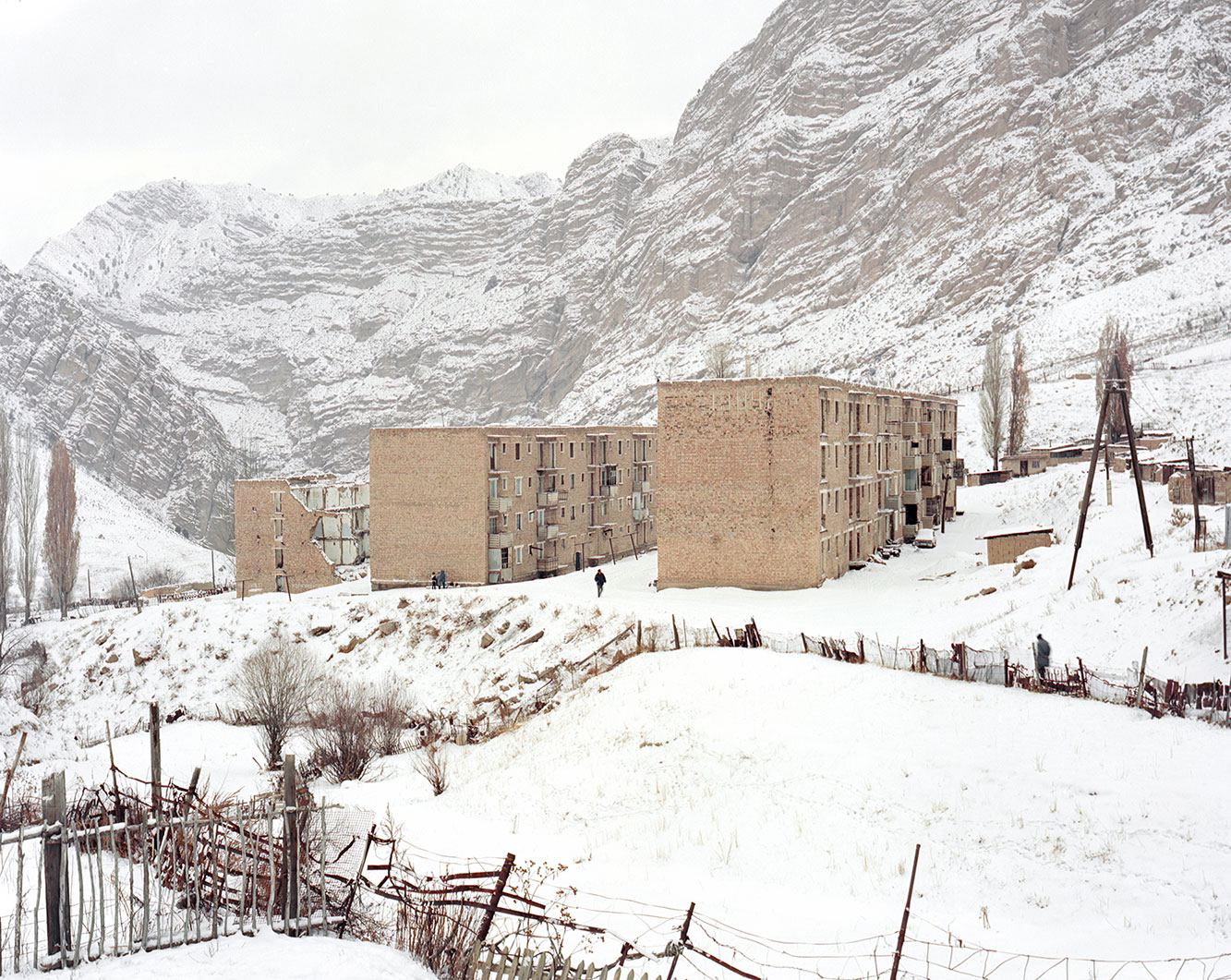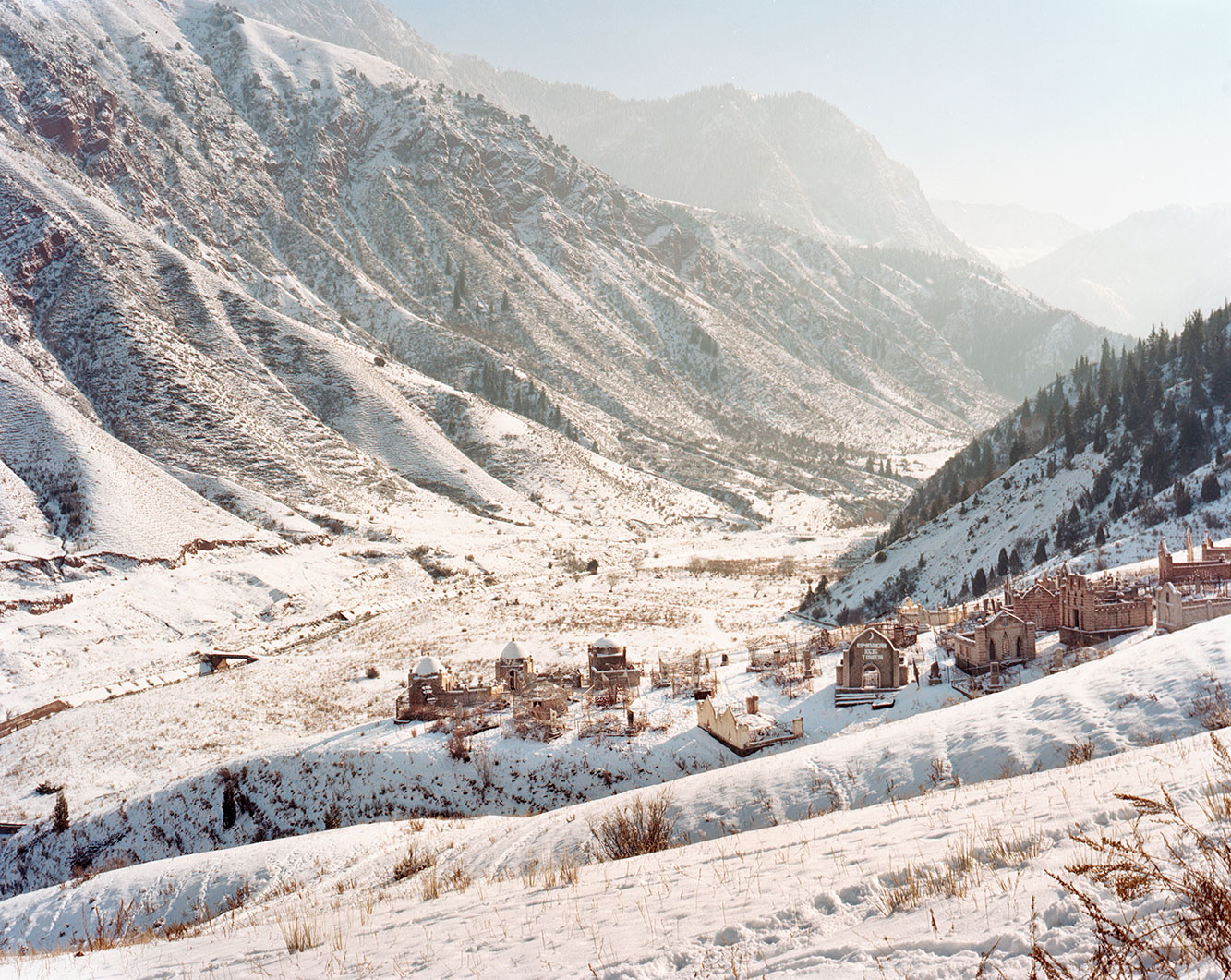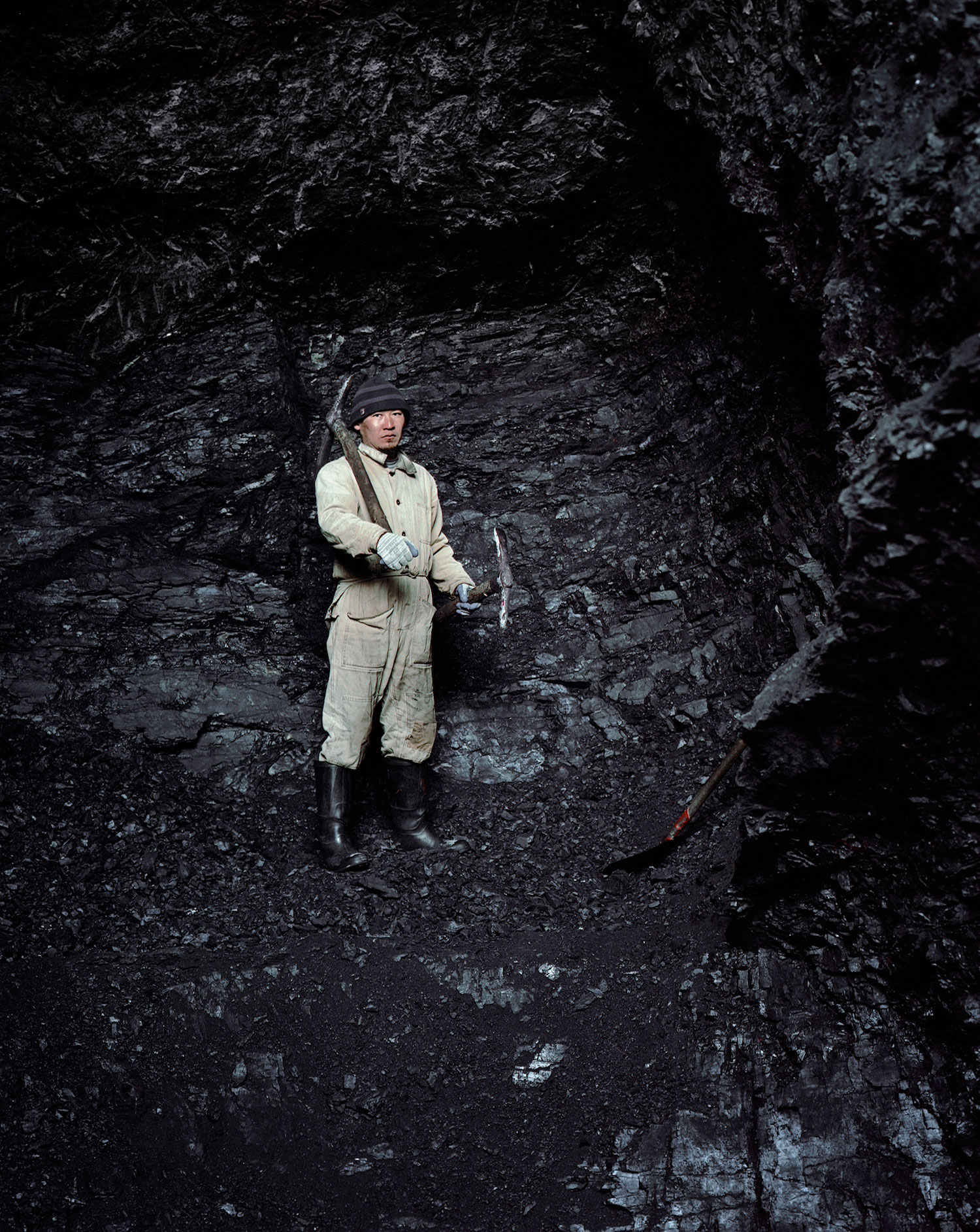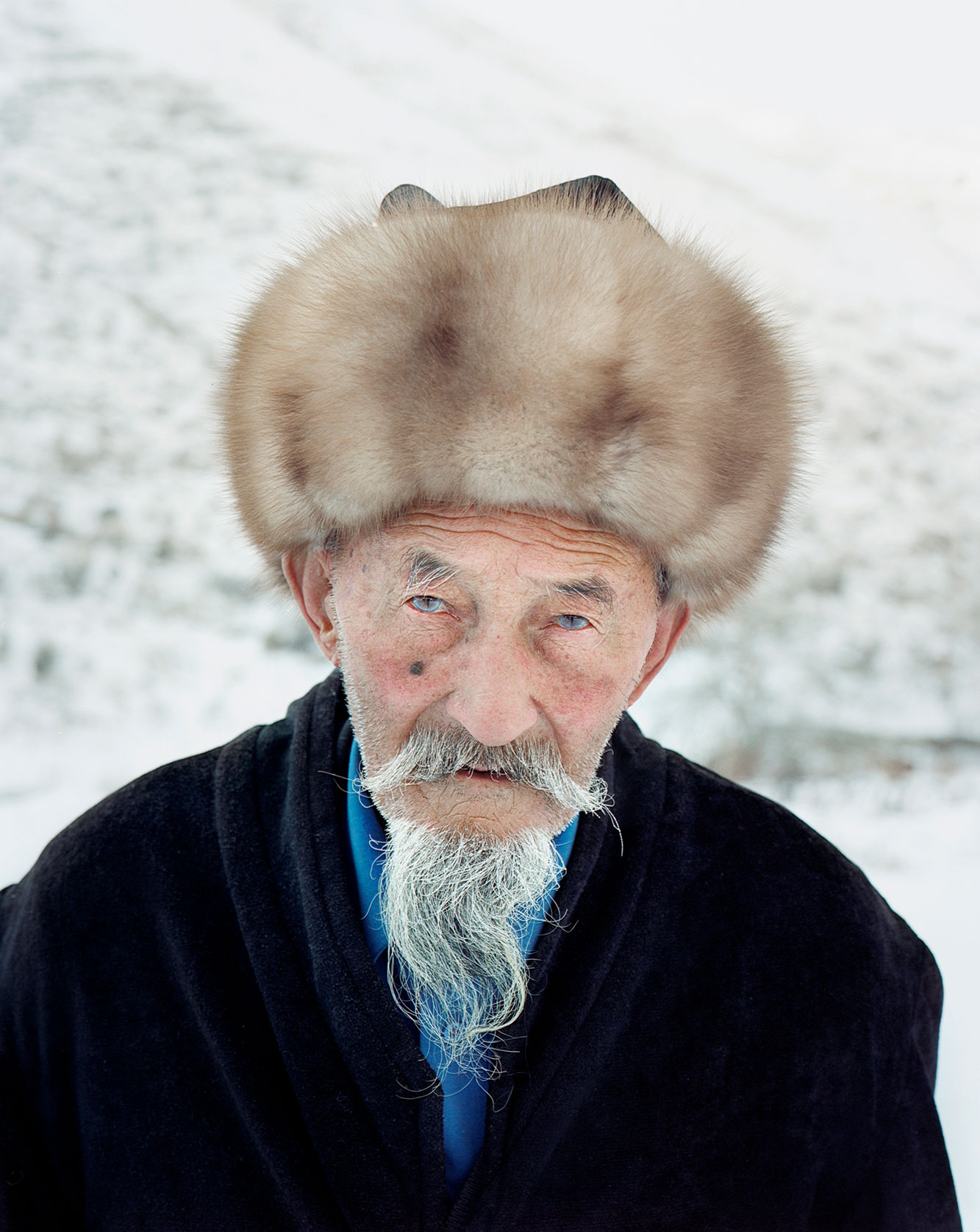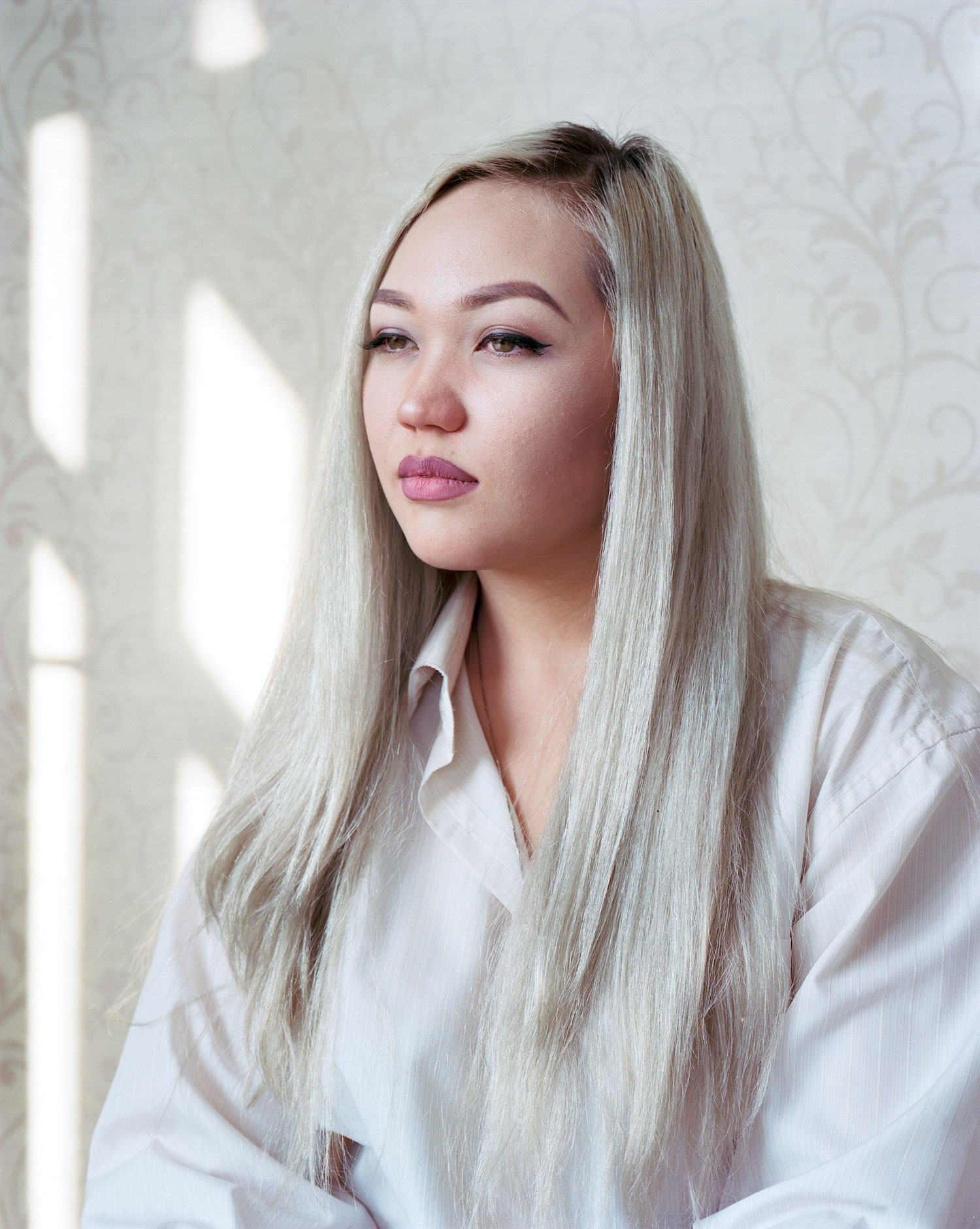Kyrgyzstan: a photographer documents a quiet nation waking up to a new dawn
French photographer Elliott Verdier began his career as a photographer with the desire to travel to places he might otherwise never visit and talk to people he wouldn’t ordinarily meet. He’s spent a month in slums with Afghan refugees in Indonesia and documented the effects of coal pollution in Mongolia. What initially drew him to Kyrgyzstan wasn’t a story, but the lack of. Verdier first travelled there in June 2016 from the sheer curiosity towards a land he didn’t know anything about. “I think I will always remember the first time I arrived in Kyrgyzstan. It was dawn. The soft pink light of the rising sun was touching the wall of mountains in the south of Bishkek. It was all quiet. Everything there seemed eternal.”
“Time,” Verdier adds, “is a key element in my work. As a photographer, I want to freeze time to keep memories of things, landscapes or people that are mainly forgotten by today’s society.” In some ways, Kyrgyzstan is the kind of place that seems out of sync with the rest of the world. You only need to look at its boundless deserts and pastures, the wind-sculpted canyons and snow-crested mountains to feel time stand still. Until Soviet rule was established in 1918, Kyrgyz people led a nomadic lifestyle. Kyrgyzstan changed dramatically as the Soviet regime brought collectivisation, factories and mines . Besides capturing the country’s breathtaking natural views, Verdier documented the more industrial areas of the country: from Min Kush and Mailuu Suu, towns secretly built in the 1950s for uranium extraction; to the former industrial heartland of the USSR on the shores of Issyk Kul; to the last remaining coal mines of Tash Kumyr, where labourers work under precarious conditions.
“I had a touching and memorable encounter was with an old admiral in Balykchy. He showed us, me and the writer I was working with (Grégoire Domenach), the abandoned port of the city. He looked so passionate about it, still living in it past glory. Originally from Kazakhstan, he studied in Moscow before leading the freight transport on Issyk Kul lake, and continued working here until the USSR’s fall. He has never left. After a few vodka shots, Ukrainian songs and thankful speeches, we finally did the portrait. He put his uniform on and posed for posterity.”
Talking to the older generations who live in these areas, the photographer couldn’t shake the impression that he was travelling through a place forgotten by the rest of the world — he called the series A Shaded Path for this reason. “Even Bishkek, the capital of the country was calm, unpretentious, melancholic,” the photographer describes. Today, Kyrgyzstan is undergoing a new sea change: Verdier met and photographed young people who are building their future in media, music and fashion design. “I spent my days with veterans, my nights with the young people. The more I met the new generation, the more I saw a motivation to discover the world and be a part of it.” The series is dedicated to the older generation who gave decades of hard and dangerous work for their country, and the new generation who hope to take Kyrgyzstan in a new direction. “I hope the Kyrgyz people recognise a bit of themselves in it. I have many other projects on the horizon but I am sure I will go back one day,” he concludes.
Text: Liza Premiyak
Image: Elliott Verdier
